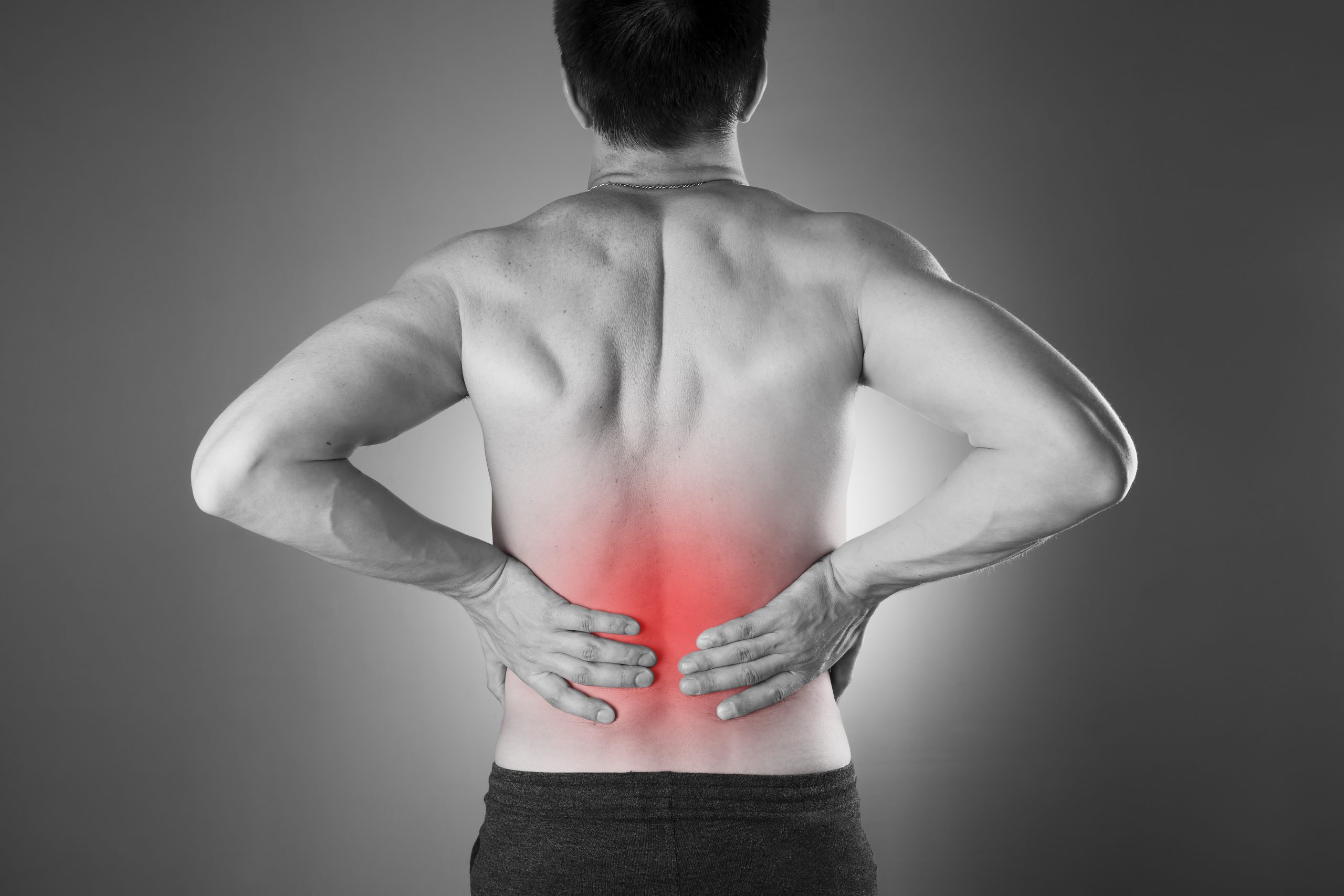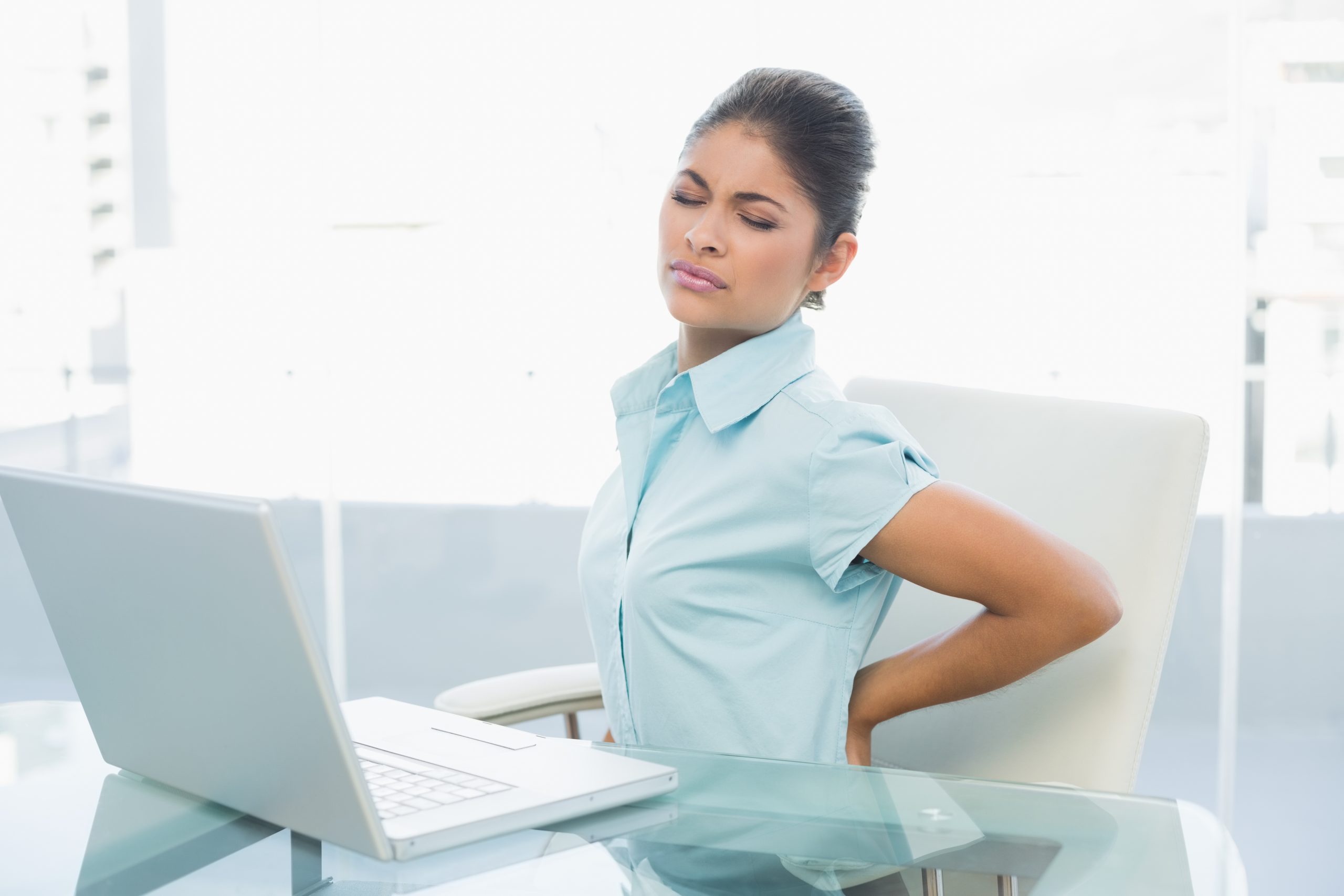
Treatment Options
- Ultrasound examination
- Review of Radiological Studies (x-rays, MRI, etc.)
- Diagnostic (anesthetic only)
- Trigger point injections
- Epidural (corticosteroid)
- Caudal epidural injections
- Spinal ligament injections
- Sacroiliac joint injections
- Nerve blocks (medial branch)
- Facet joint injections
- Radiofrequency ablations (RFA)
- Prolotherapy
- Regenerative Medicine
- Shock Wave Therapy
- Osteopathic Manipulative Medicine (OMM)
- Physical Therapy
- Regenerative Rehabilitation
- Home Exercise Program
- Lifestyle Modifications

Our Approach
- Explore the conditions that led to your symptoms.
- Understand the way your symptoms have manifested an individualized change in the quality of life (movements, activities, hobbies or tasks that have been affected).
- Formulate an evidence-based, customized treatment plan based on available injection therapies coupled with a discussion of risks, benefits, and prognosis for each.
- When appropriate, an ultrasound examination will be performed to help diagnose or provide precise guidance for injections.
- When appropriate, an injection(s) will be scheduled and performed at the spine center.
- Provide a comprehensive rehabilitation program which may include physical therapy and/or home exercise program.
- Recommend lifestyle modifications, adjustments and long-term strategies to avoid reinjury and promote low back health.
Find relief from pain today.

Low back pain is one of the most common pain issues affecting almost everyone at some point in their life and is a leading cause of disability in the world.
It is also one of the most complex areas to study as many presentations of pain overlap significantly. This is complicated by a lack of specificity with traditional examination techniques in diagnosis. Furthermore, studies have shown that the correlation between symptoms and MRI findings is poor. This is because pain is not something that can be visualized on any scan nor felt by anyone other than the one experiencing it. Additionally, what complicates matters is that pain is often multifactorial, meaning it stems from several areas and all areas send signals to the brain simultaneously manifesting as an off-tune symphony of pain.
Low back pain can develop from various sources or pain generators. There is often much overlap between symptoms and pain referral patterns.
- Soft tissues or myofascial pain (muscle spasm, scoliosis)
- Intervertebral disc disease (disc degeneration, disc tears, annular fissures, etc.)
- Facet joint pain (arthritis, capsule tears, cysts, bone spurs/osteophytes)
- Pinched nerves (radiculopathy, sciatica, spinal stenosis, herniated or bulging discs, etc.)
The importance of a holistic approach to diagnosis and multimodal management of low back pain cannot be overstated. All too often, a regional diagnosis of “mechanical low back pain” is made with efforts on addressing short-term pain relief. What is necessary is an understanding of the failure of mechanics that led to the onset of pain. Often, the inciting event was just the “straw that broke the camel’s back.” To properly diagnose the most likely pain generator(s), there must be a clear understanding of the functional lifestyle and activity lifestyle of the patient, including his or her hobbies and work-related duties. Lifestyle aspects such as sleep, hygiene, stress, and diet all play a significant role in pain manifestation.
When reviewing radiologic imaging, all of the above must be factored in to determine the course of action regarding a treatment plan.
Common Sources of Low Back Pain:
- Arthritis
- Back Pain/Problem
- Bulging/Protruding Disc
- Complex Regional Pain Syndrome
- Compression Fracture
- Degenerative Disc Disease
- Disc tear
- Facet Joint Arthritis/Pain
- Failed Back Surgery Syndrome (FBSS)
- Foot Drop
- Foot Pain/Problem
- Foraminal Stenosis
- Gluteal Strain
- Herniated Disc
- Leg Pain/Problem
- Low back pain
- Lumbar Radiculopathy
- Lumbar Sprain/Strain
- Mobility Problems
- Movement Disorder
- Muscle Disorder/Myopathy
- Muscle Injury
- Muscle Pain/Problem
- Muscle Spasms
- Muscle Strain
- Muscle Tear
- Muscle Weakness/Palsy
- Nerve Pain
- Nerve Injury
- Occupational Injury
- Osteoarthritis
- Pinched Nerve
- Sacroiliac (SI) Joint Pain/Problem
- Sciatica
- Slipped Disc
- Spinal Stenosis
- Spine Pain
- Spondylolysis
- Sports Injury
- Tailbone Pain
- Thoracolumbar fasciosis “tennis elbow of the spine”

